Eduard 1/48 KAMIKAZE TOKKOTAI IJN Limited Edition 11184 Dual Combo kit 11184
The Limited edition kit of the Japanese WWII naval fighter aircraft A6M5 Zero Type 52 & two seat trainer A6M2-K in 1/48 scale.The kit offers markings for 10 aircraft used in attacks of kamikaze airmen against Allied ships.plastic parts: Eduardmarking optio
The Limited edition kit of the Japanese WWII naval fighter aircraft A6M5 Zero Type 52 & two seat trainer A6M2-K in 1/48 scale.
The kit offers markings for 10 aircraft used in attacks of kamikaze airmen against Allied ships.
- plastic parts: Eduard
- marking options: 10
- decals: Eduard
- PE parts: pre-painted
- painting mask: yes
Markings:
- A6M5 Zero Type 52, probably c/n 4271, Lt. Yukio Seki, 1st Kamikaze Tokubetsu Kgekitai, Shikishima-tai, Mabalacat airfield, Phillipines, October 1944
- A6M5 Zero Type 52, Hiktai 165, Kktai 653, IJN Zuih, ita base, Japan, September 1944
- A6M5 Zero Type 52, Kktai 210, Meiji Base, Japan, winter 1944-1945
- A6M5 Zero Type 52, Lt. (jg) Seiz Yasunori, Kamikaze Tokubetsu Kgekitai, Dai 7 Shwa-tai, Kanoya Base, Japan, May 1945
- A6M5 Zero Type 52, Lt. Nao Sugisaki, Kktai 352, mura Base, Japan, March 1945
- A6M2-K, Ensign Kz Koizumi, Kamikaze Tokubetsu Kgekitai, Dai 7 Shwa-tai, Kanoya Base, Japan, April 1945
- A6M2-K, Kasumigaura Kktai, Sentki Tokubetsu Kgekitai, Chitose Base, Japan, July 1945
- A6M2-K, Lt. (jg) Tamotsu Kaneko, Kamikaze Tokubetsu Kgekitai, Dai 1 Tsukuba-tai, Kanoya Base, Japan, April 1945
- A6M2-K, Tsukuba Kktai, Tsukuba Base, Japan, 1944
- A6M2-K, Tsukuba Kktai, Tsukuba Base, Japan, 1944
The Mitsubishi A6M Reisen (also known as Zero or Zeke) is a Japanese single-engine, full-metal low-wing fighter aircraft from the Second World War. The flight of the prototype took place on April 1, 1939, and it was put into service in the summer of 1940. The first prototypes were powered by a Mitsubishi Zuisei 13 engine, but from the A6M2 Model 11 onwards, the Nakajima NK1B Sakae 12 engine with 950 HP was used, which made the aircraft one of the best fighters early war period. New versions were created just before and during the war. One of the most famous was the A6M2 Model 21, a special version with folding wings designed for aircraft carriers, prepared at the beginning of the Pacific War, which became the basic Japanese on-board fighter. The next versions are A6M3 and A6M5, each of which had several versions. The first one used the 1130 HP Nakajima Sakae 21 engine with a compressor, which, however, meant an increase in weight and a decrease in range and manoeuvrability. Attempts were made to solve this problem in the A6M5 version by changing the exhaust system, changing the shape of the wings and resigning from folding them, which increased the top speed. The flight of this version took place in 1943 and was in production until the end of the war. It is worth noting that one of the most widely produced versions of the A6M5 was the A6M5C Model 52C Hei aircraft, of which nearly 5,000 were produced. “Zero” planes took part in the entire war in the Pacific, serving primarily as deck fighters, but also to a large extent as Army fighters. The “father” of this famous aircraft was the engineer Jiro Horikoshi, who relied on the experience gained from working on the M5A aircraft. He managed to develop a very maneuverable plane, with excellent aerodynamic properties, perfect for combat and with a large range. However, this was achieved at the expense of armor and the lack of self-sealing fuel tanks. What’s more, due to the lack of aircraft engines with a power comparable to American machines, every year of the war, “Zero” from the “supercar”, from 1943, evolved towards the weaker rival P-51, P-47 or F-4 or F- 6. It also turned out to be a machine vulnerable to damage and very vulnerable to fire. However, this does not change the fact that the Allies, until 1943, did not have an aircraft that would be able to compete with the A6M Zero. Technical data (A6M2 model 21 version): length: 9.06m, wingspan: 12m, height: 3.05m, maximum speed: 533km / h, rate of climb: 15.7m / s, maximum range: 3105km, maximum ceiling 10000m , armament: fixed – 2 20mm Type 99-1 cannons and 2 7.7mm Type 97 machine guns, suspended – up to 250 kg of bombs.
- Additional items are required to complete this kit
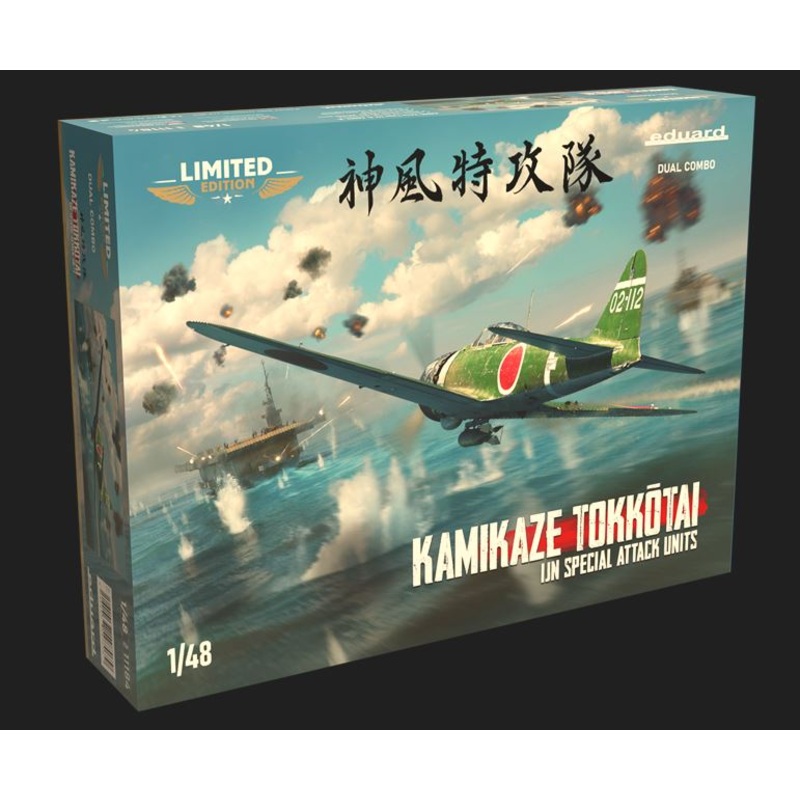
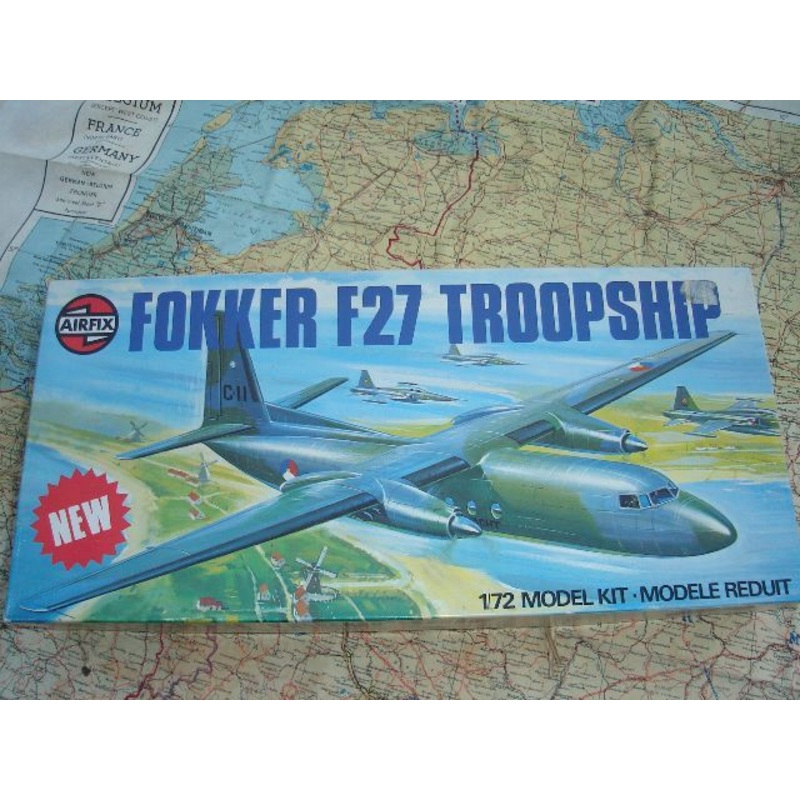
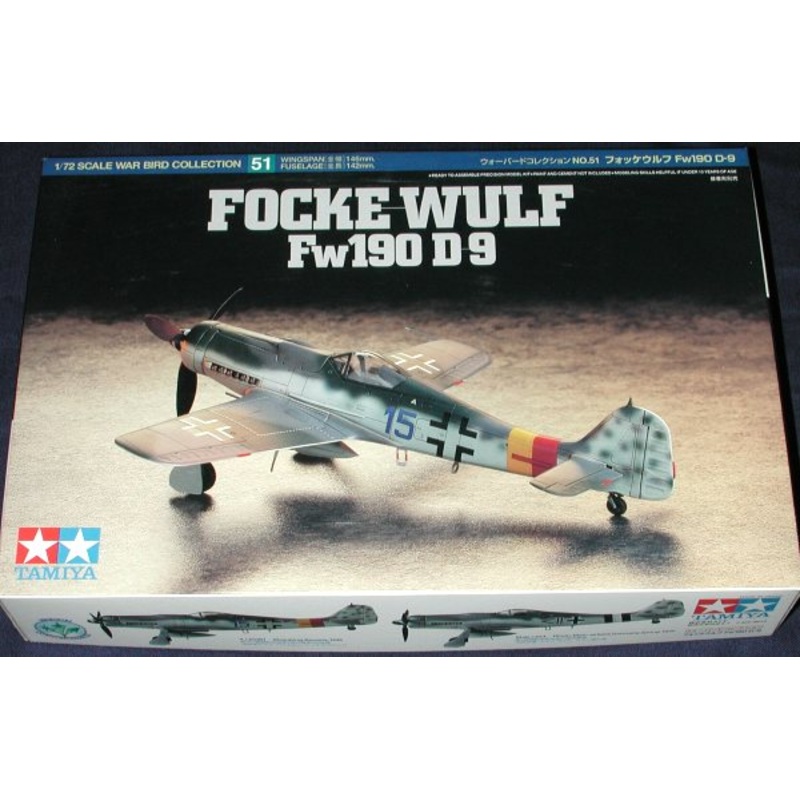
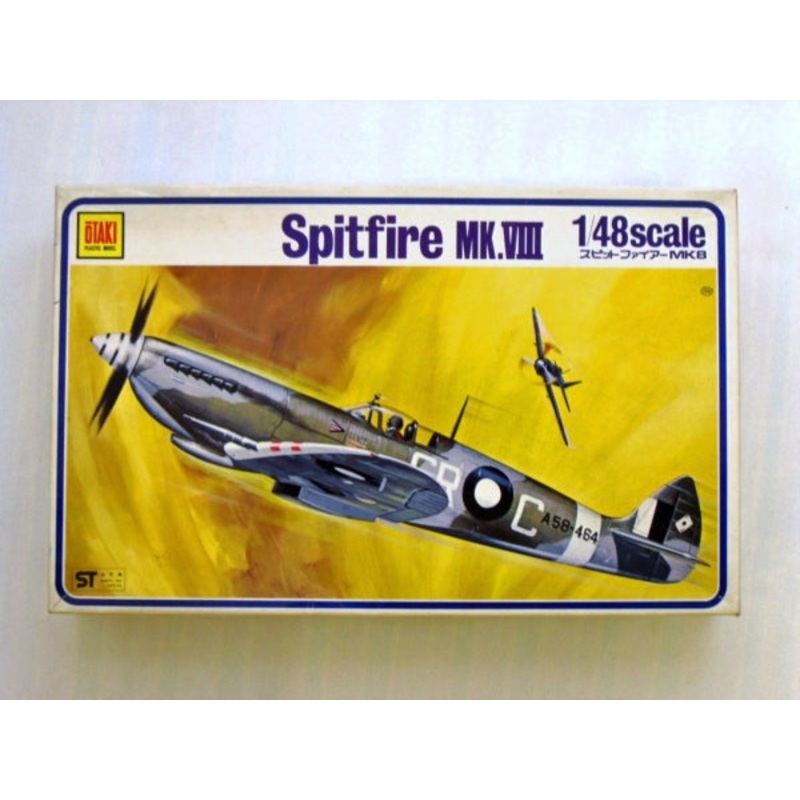
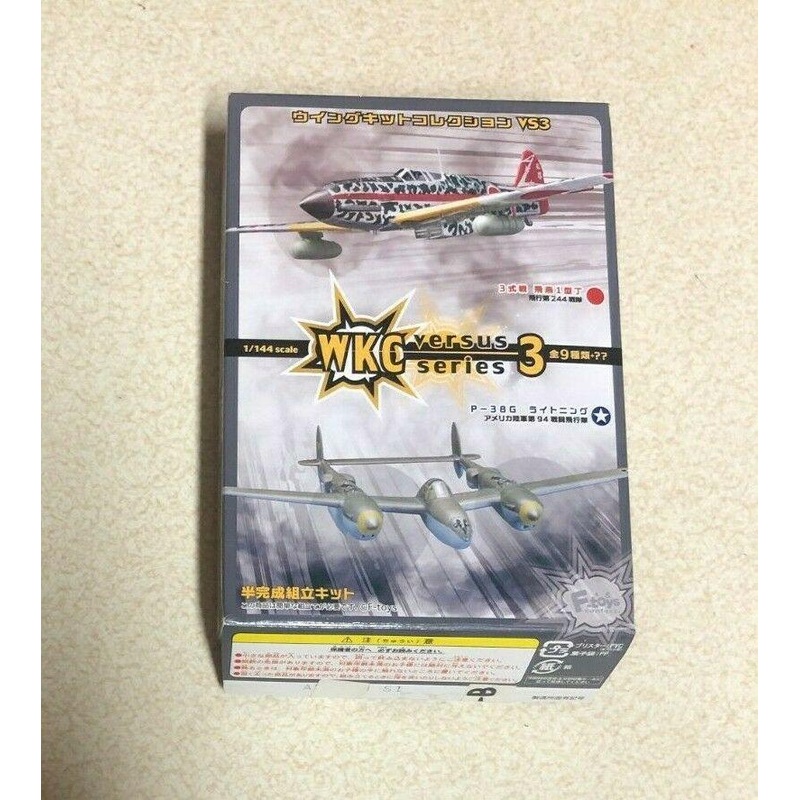
Reviews
There are no reviews yet.